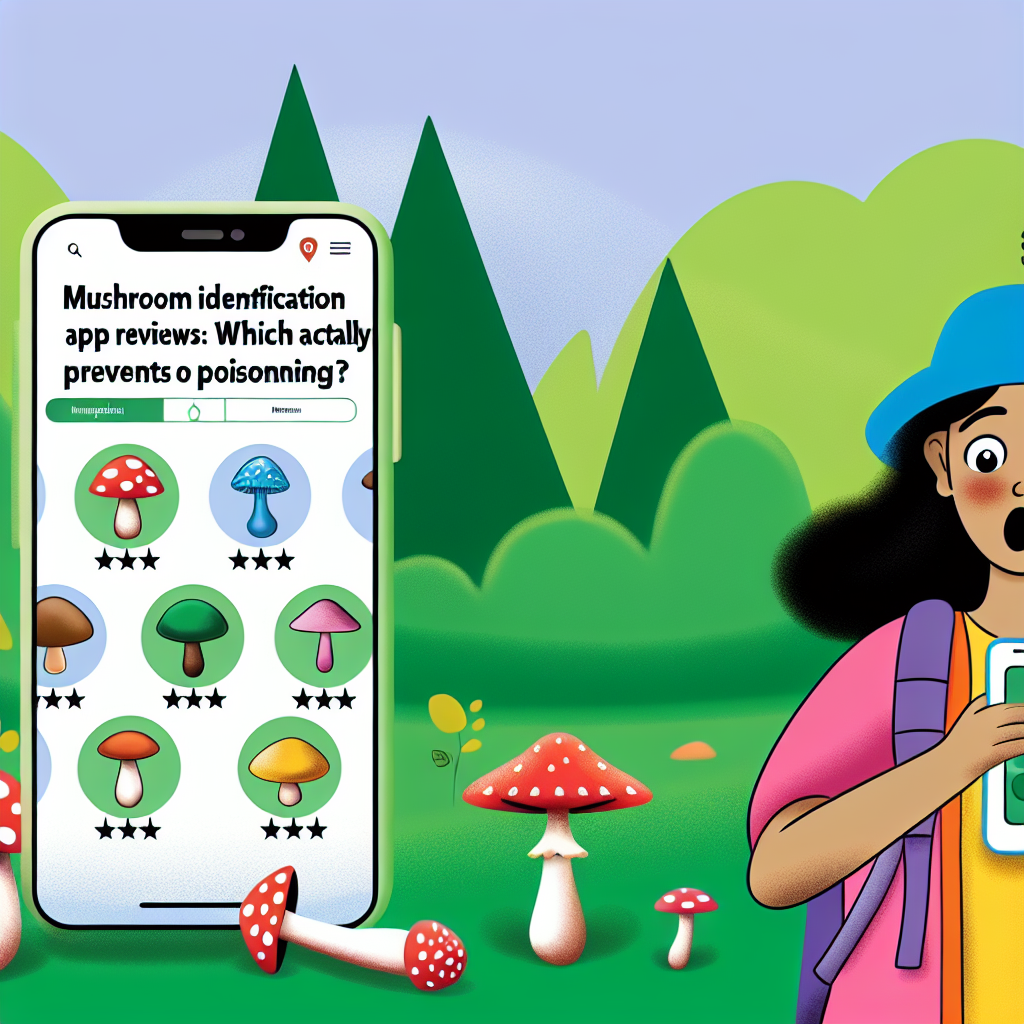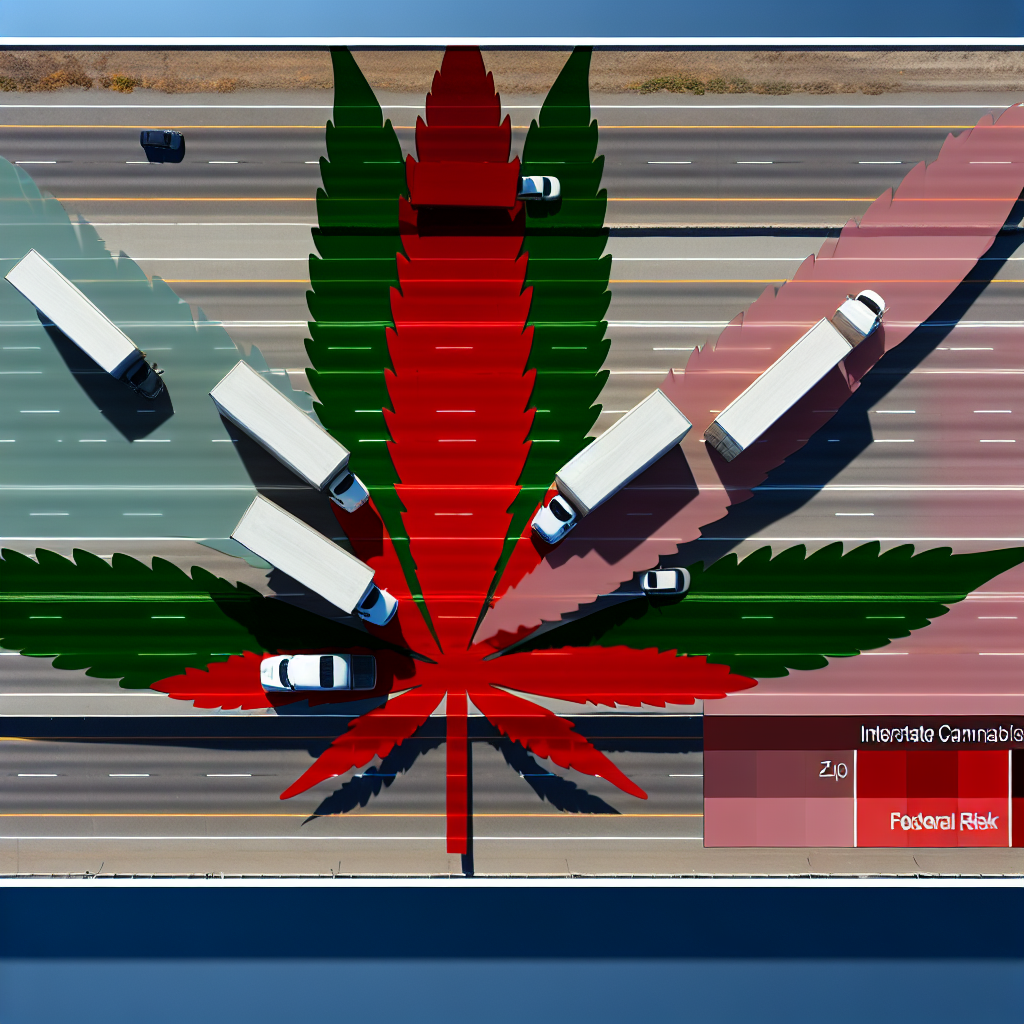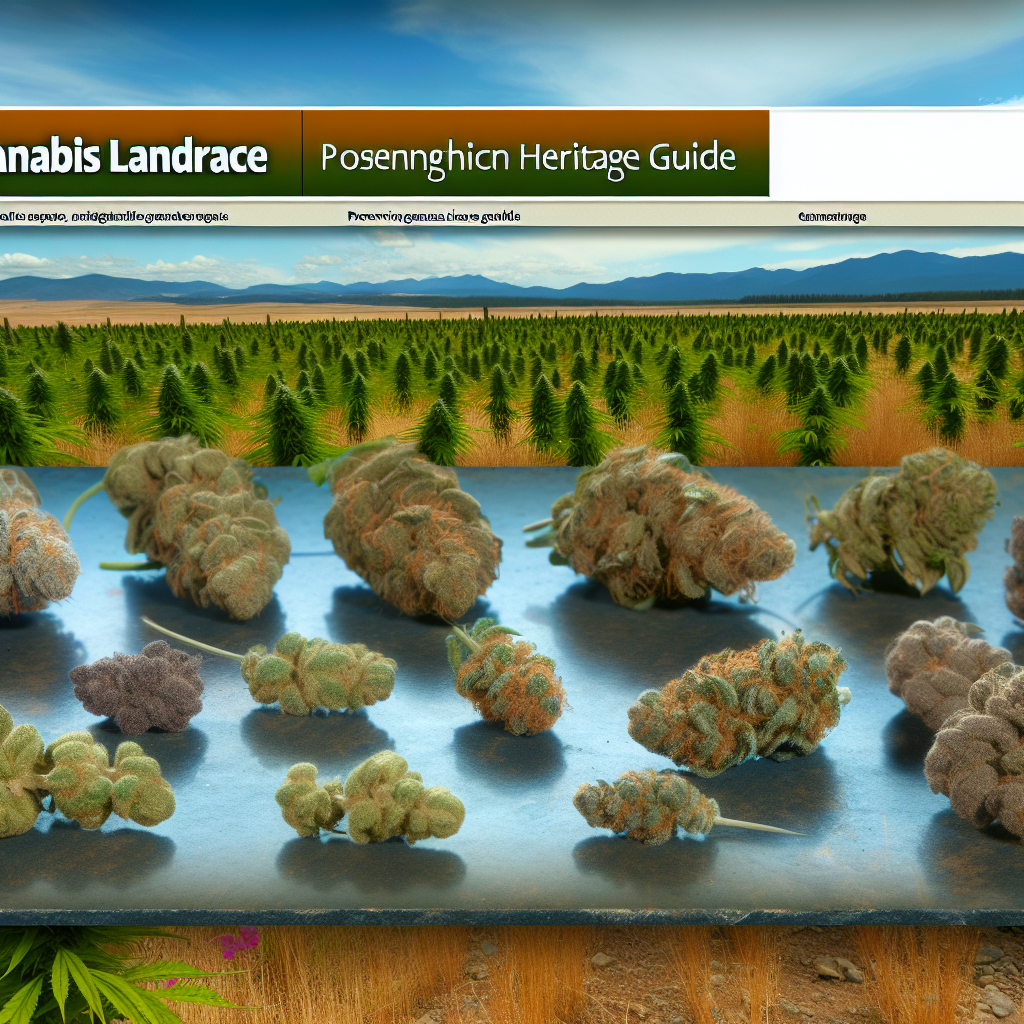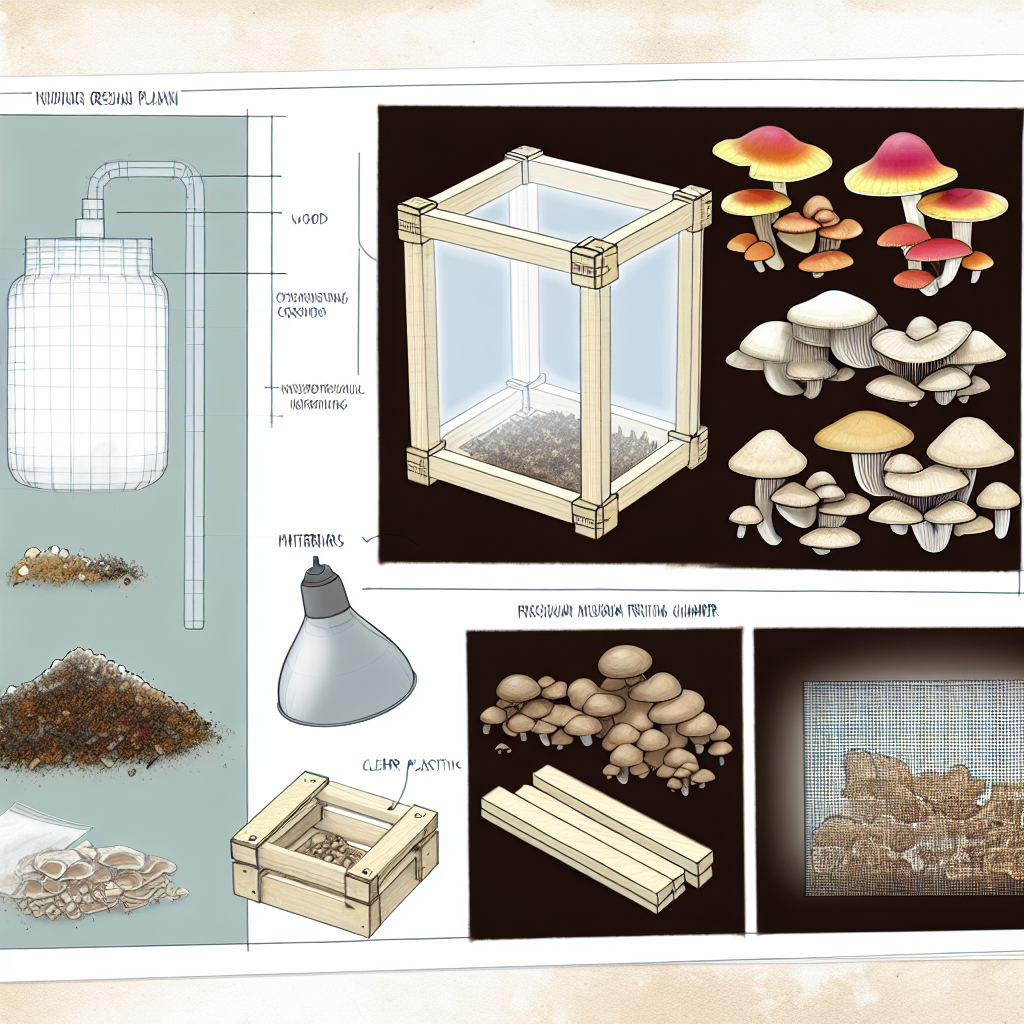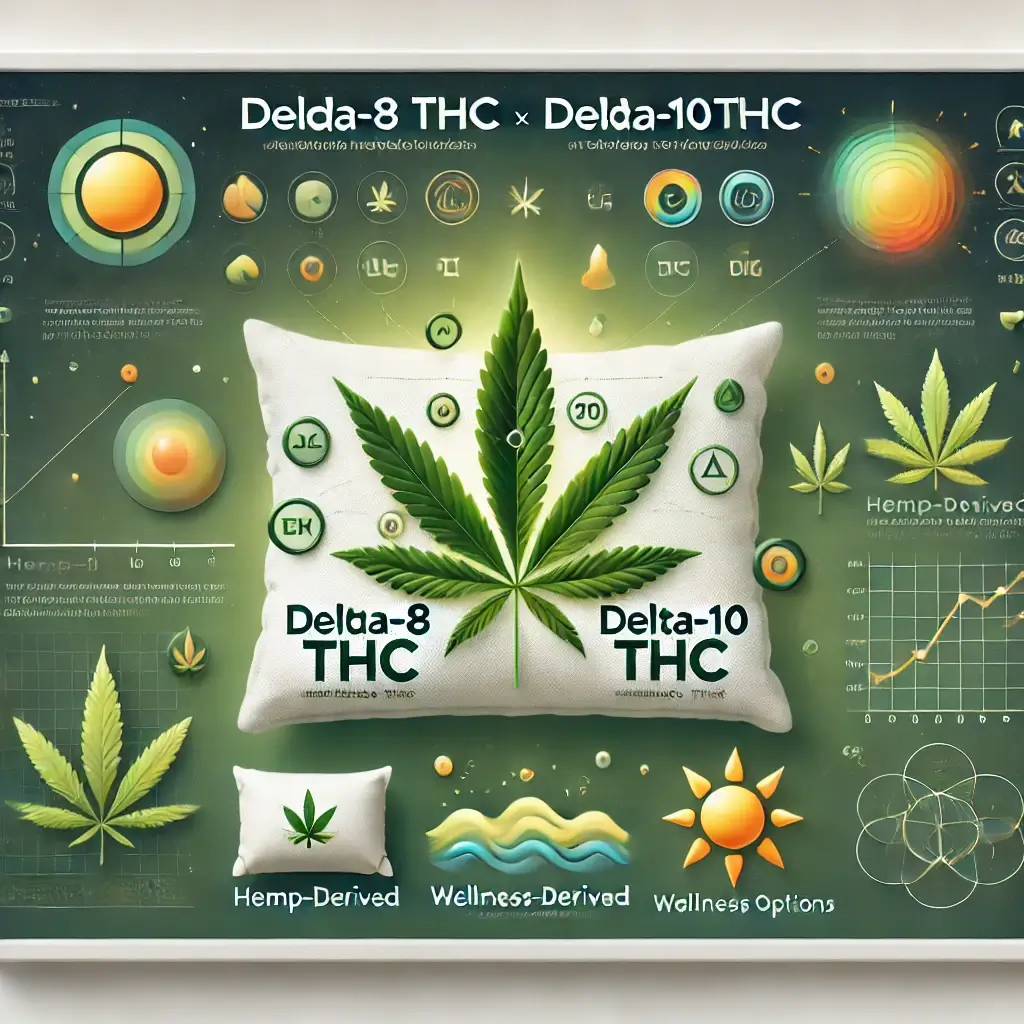Mushroom Identification App Reviews: Which Actually Prevents Poisoning?
Explore Nature Safely: Why Mushroom Identification Matters More Than Ever
Foraging for mushrooms has captivated outdoor enthusiasts, herbalists, culinary adventurers, and wellness seekers for generations. With the growing popularity of alternative medicine and plant-based health practices—including cannabis and mushroom microdosing—the trend has gained even more traction in the 2020s.
However, unlike cannabis, mushrooms present a unique and dangerous problem: many wild varieties are toxic—even fatal—and resemble edible or medicinal counterparts so closely that only expert identifiers can distinguish them.
As interest in psychedelic and functional mushrooms becomes more mainstream, the role of mushroom identification apps has come into sharper focus. Whether you’re a dedicated mycophile seeking edibles for cooking, a wellness advocate exploring supplements like Lion’s Mane or Reishi, or a psychonaut diving into psilocybin use, identifying the correct species is not just convenient—it’s potentially life-saving.
Over 1,000 cases of mushroom poisoning are reported annually in North America alone. Ingesting a single cap of Amanita phalloides (death cap mushroom) can result in liver failure or death. Even non-lethal species can cause severe gastrointestinal distress and hallucinations.
In recent years, a number of mobile mushroom identification tools have hit the app markets, promising real-time recognition, educational support, and user-friendly databases.
For cannabis professionals and enthusiasts stepping into the world of psychedelics and adaptogens, accuracy is critical. The question is:
Do these mushroom ID apps really work—and, more importantly, can they reliably prevent poisoning?
This blog explores popular mushroom identification apps available for iOS and Android platforms in 2024, evaluating their reliability, scientific integration, and AI-driven recognition accuracy. Whether you’re supplementing your cannabis wellness routine with Reishi or exploring legal psilocybin in approved jurisdictions, read on before you trust your safety to a smartphone screen.
How Effective Are Mushroom ID Apps? Features & Findings from the Experts
Mushroom identification apps range from amateur photo-matching tools to sophisticated platforms that leverage artificial intelligence and vast mycological databases. As of 2024, some of the most popular apps include:
– Picture Mushroom
– iNaturalist
– ShroomID
– Mushroom Identificator
– Book of Mushrooms
These apps provide features like AI-driven photo recognition, crowd-sourced identification, offline access, toxicity warnings, and mycologist-reviewed databases.
What the Science Says
A major study published in Fungal Diversity (2023) evaluated AI-based mushroom apps. While common edible fungi like chanterelles or oyster mushrooms were easily recognized, the apps faltered with rarer or toxic species. Alarmingly, look-alikes to deadly mushrooms like Amanita and Galerina were misidentified over 30% of the time.
The Journal of Medical Toxicology (2022) also tested four major apps using hundreds of real mushroom samples. Even the most accurate app had only a 65–80% identification accuracy. This means 1 in 5 samples were misidentified—often dangerously so.
Top Performer: ShroomID
Among the apps tested, ShroomID stood out for its high performance. With a science-verified taxonomy, expert image vetting, and detailed entries, it led the pack in reliability. Still, even ShroomID issued warnings not to consume wild mushrooms solely based on app recognition.
The Risks of Crowd-Sourced Apps
Apps using community data like iNaturalist benefit from large data pools and collective observation. However, user errors can taint the algorithm—especially when novices mislabel hazardous species. Additionally, while some apps provide poison control information or symptoms logging options, these features are often hidden in hard-to-navigate menus, limiting use in emergencies.
Industry Insight: What Mycologists and Experts Recommend
The consensus among experts is clear: mushroom ID apps can be helpful educational tools—but they should never replace hands-on experience or professional advice when it comes to edibility and toxicity.
According to the North American Mycological Association (NAMA), misidentification is common—even among seasoned foragers. They recommend using at least three independent identification factors (such as cap structure, spore print, and gill arrangement) and never consuming wild mushrooms based solely on digital app results.
Additional research into AI tools within other agricultural systems reaffirms this caution. Deep learning models do hold promise for fungal identification, but remain vulnerable to errors caused by poor lighting, image angles, or incomplete image databases.
Bottom line: think of mushroom ID apps as digital field guides—not diagnostic safety tools.
The Final Verdict: Should You Trust These Apps with Your Health?
Mushroom identification apps offer exciting opportunities for foragers, home chefs, and natural wellness seekers. Their convenience, educational value, and immersive design make them great tools for deepening your relationship with nature.
However, they are not substitutes for expert knowledge. Until technology improves further, no app can offer a 100% guarantee against misidentification—and when it could mean your life, that margin of error is too high.
Whether you’re incorporating functional mushrooms into your cannabis wellness plan, experimenting legally with psilocybin, or just looking for a delicious chanterelle risotto—always double-check your finds with expert sources. Field guides, certified mycologists, and local extension services are your safest bet.
These apps are a great place to start. Just don’t let them be the only tool in your basket.
Concise Summary:
Mushroom identification apps offer convenience and educational value, but experts warn they cannot reliably prevent poisoning. The apps often misidentify toxic species, even among popular edible varieties. While helpful as digital field guides, they should never replace hands-on experience and professional advice when it comes to consuming wild mushrooms. For safety, it’s crucial to use multiple identification factors and consult mycologists or other expert sources before consuming any wild fungi.
References:
– [Fungal Diversity, 2023](https://link.springer.com/article/10.1007/s13225-023-00518-1)
– [Journal of Medical Toxicology, 2022](https://link.springer.com/journal/13181/volumes-and-issues)
– [North American Mycological Association (NAMA)](https://namyco.org/poisonings.php)
– [ShroomID App](https://www.shroomid.com)
– [iNaturalist](https://www.inaturalist.org)
For expert reviews and insights into natural wellness, psychedelics, and cannabis culture, visit [Bluntys.com](https://bluntys.com).
🧠🍄🌿 Stay curious. Stay informed. Stay safe.
